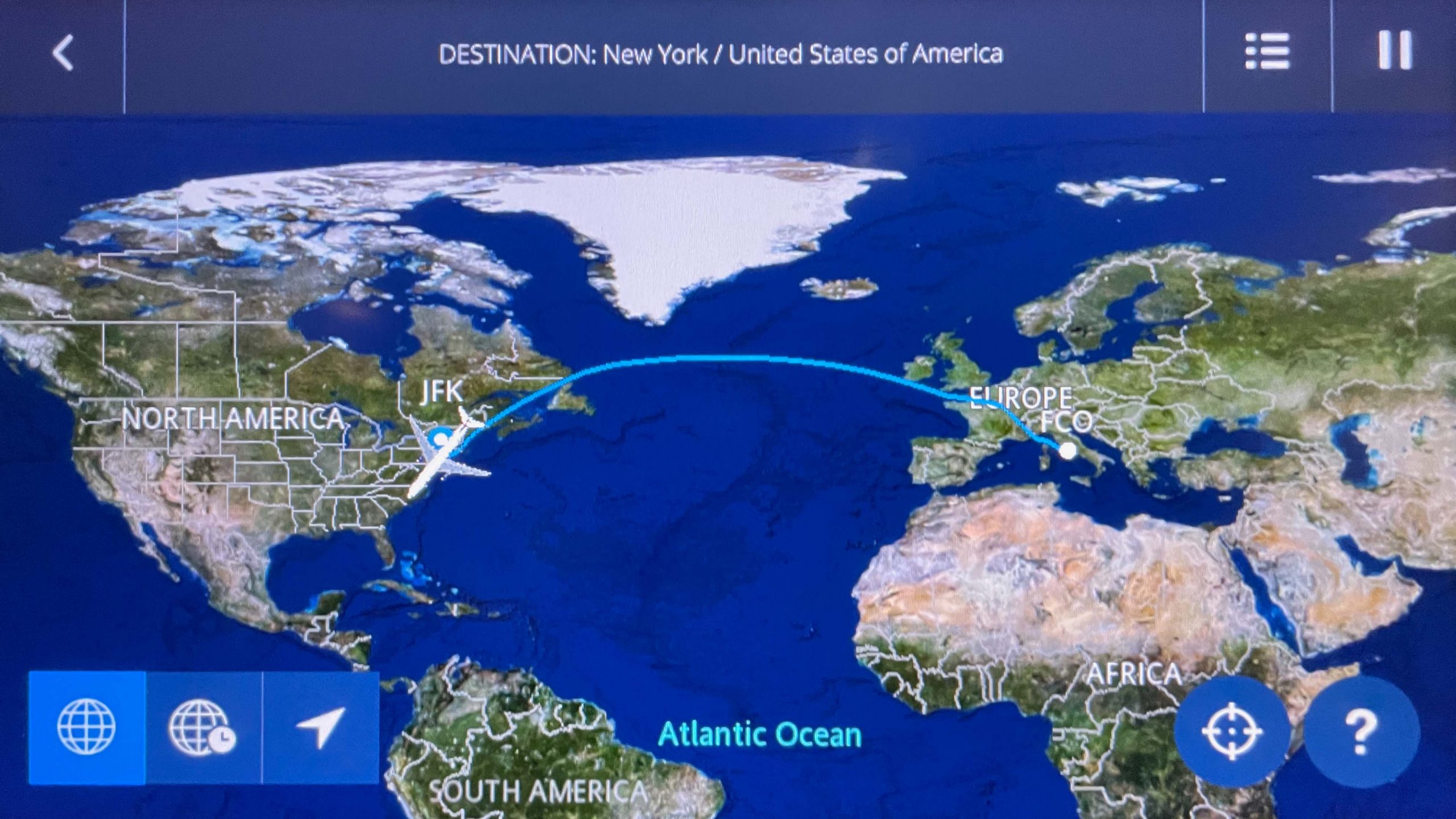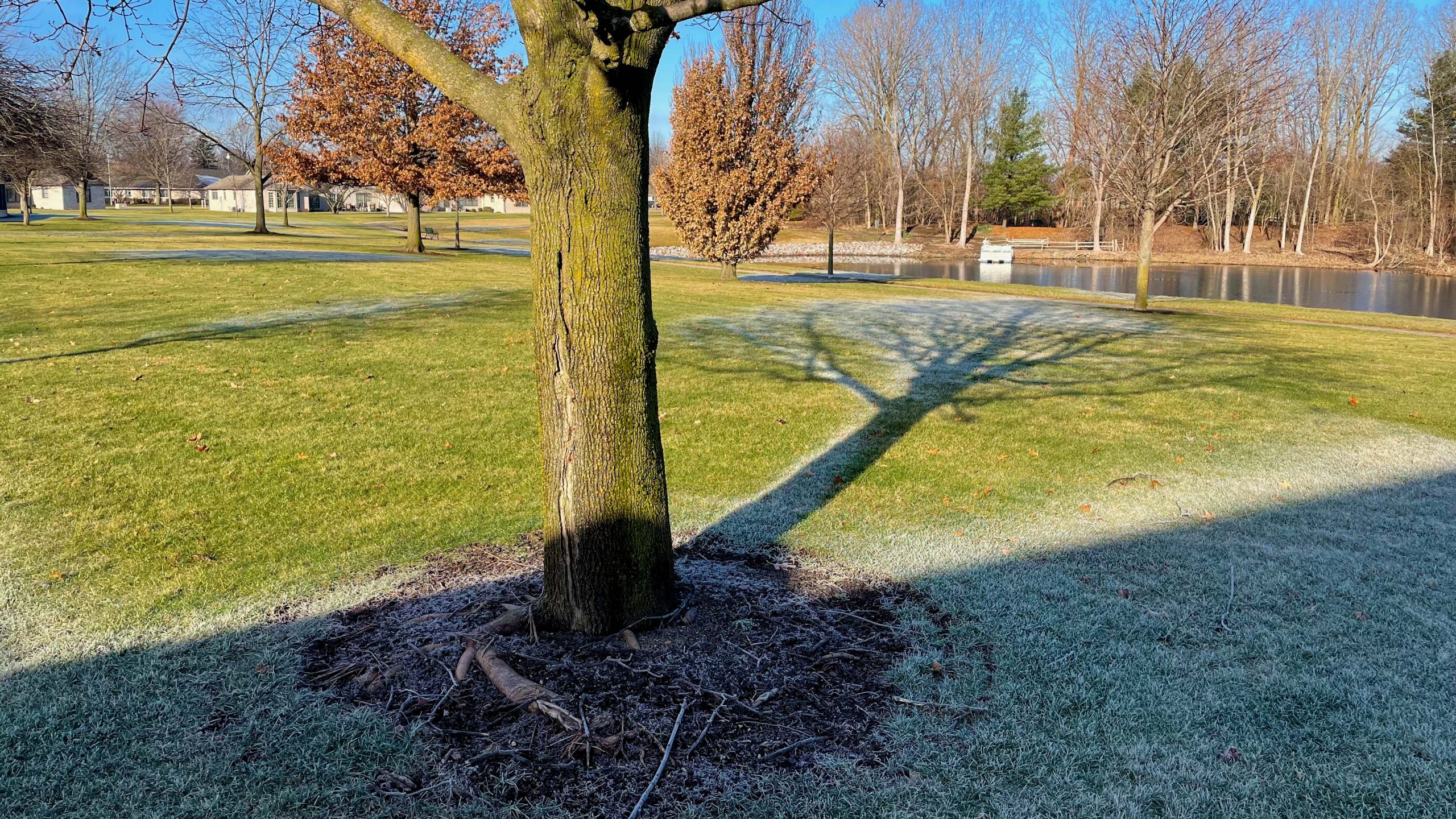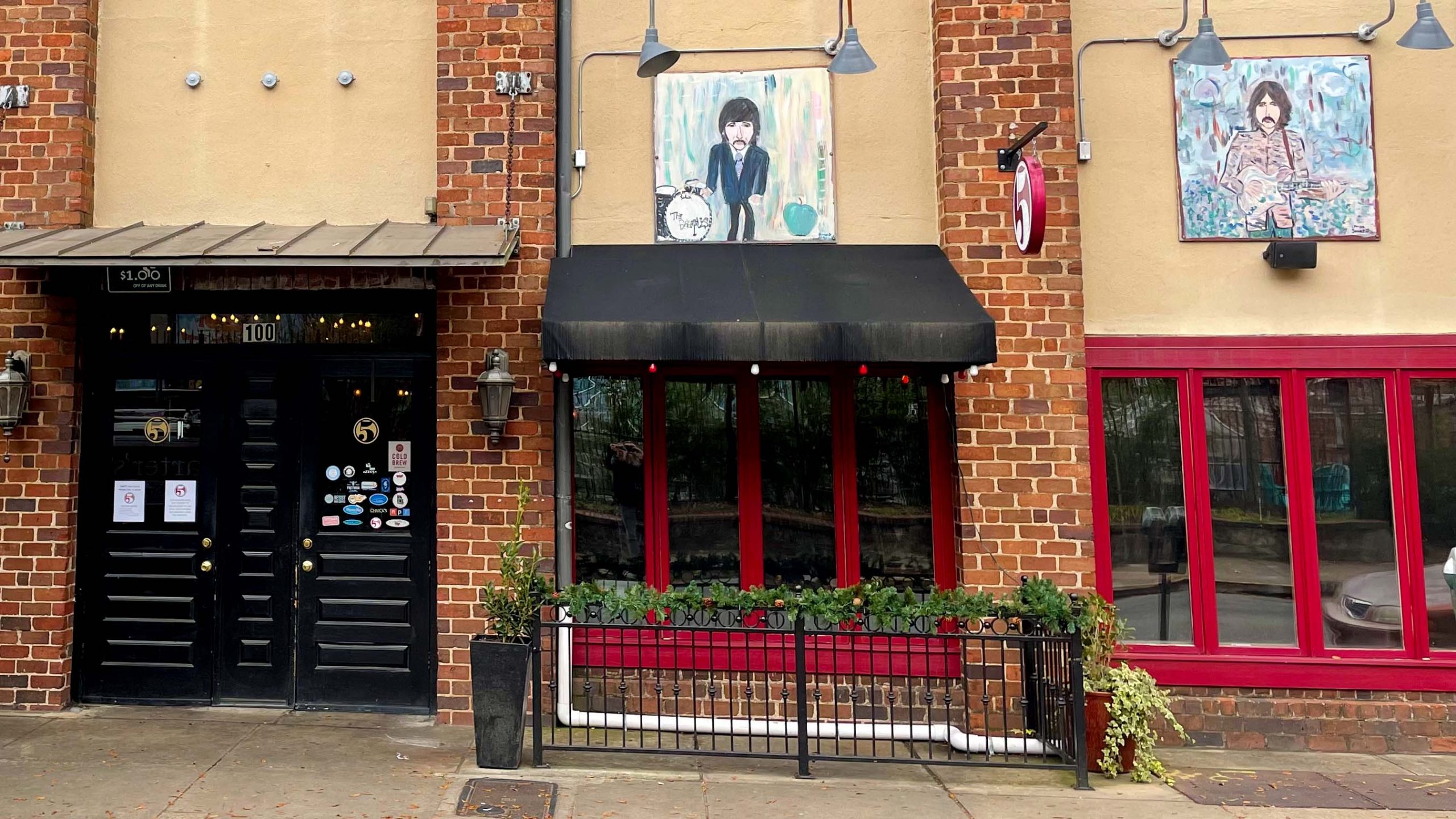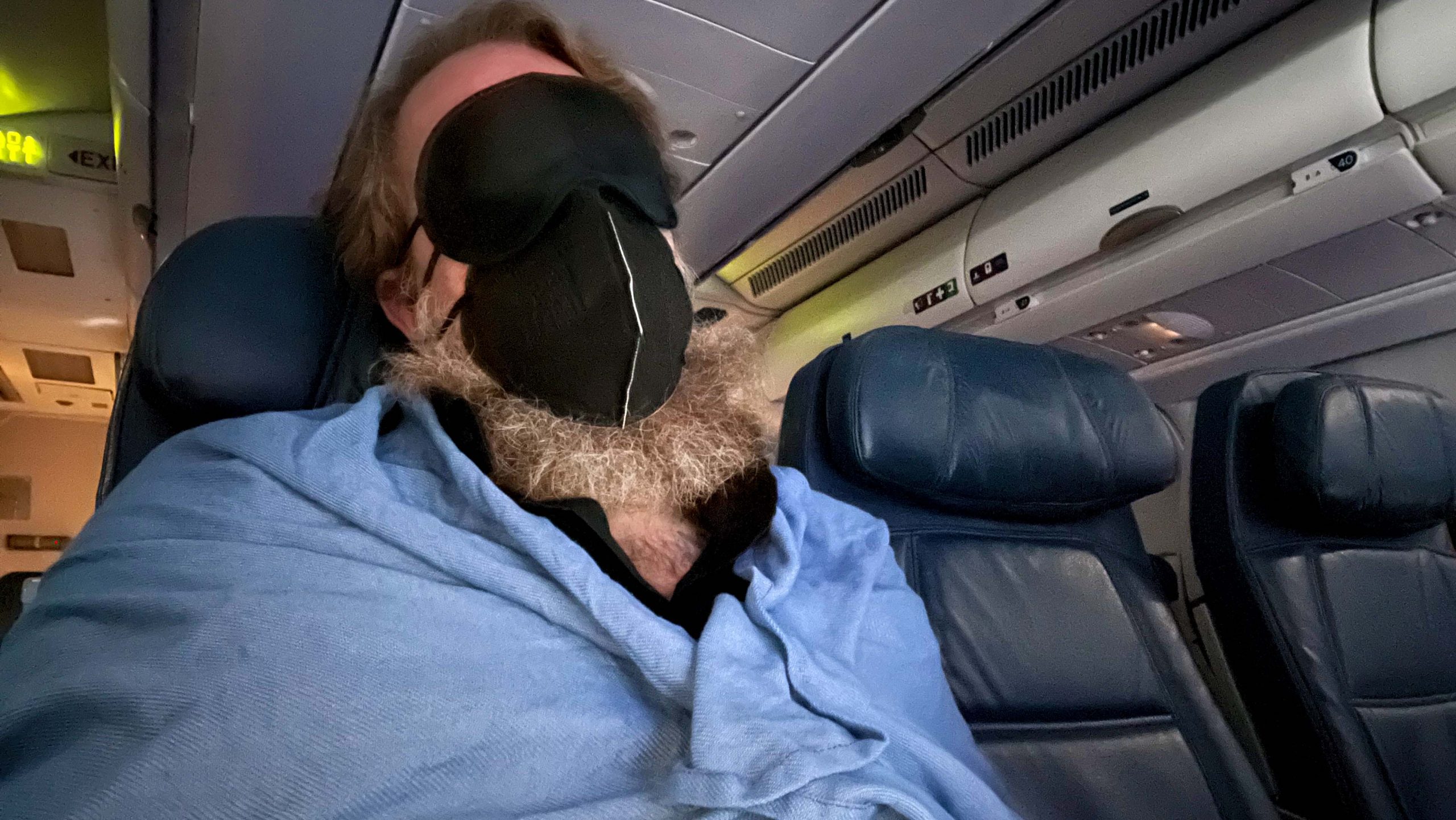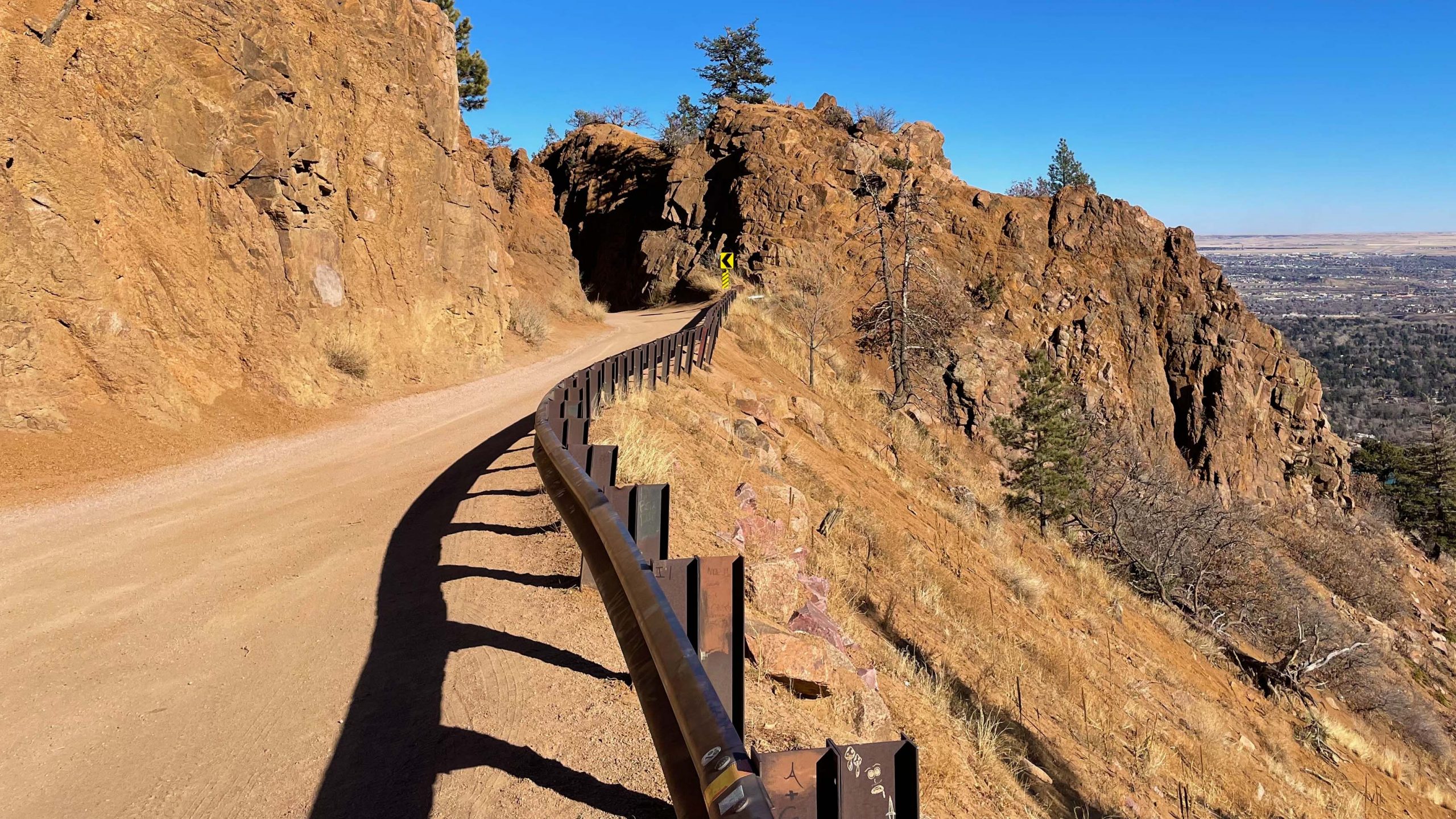03 Jan Pandemic: EU vs. US
For those who may be traveling overseas in the near future, I want to provide some information about the differences in COVID-19 prevention measures I have experienced while traveling internationally over the holidays and a few suggestions for ways to keep yourself as safe as possible while you’re out in the world. Getting sick can not only ruin your trip, but it can create scheduling issues and extra expense. That said, it is generally feasible with relatively low risk if you plan properly and take care to protect yourself when high-risk situations are unavoidable.
In Europe, prevention regulations are more stringent than in the United States. Some countries now have a requirement that face masks must be worn even when outdoors. Airports are generally only accessible for individuals with a ticket for a flight, and proof of vaccination and/or a recent negative COVID-19 test are required to board an aircraft.
In the United States, domestic flights have no boarding requirements other than that a face mask is obligatory on the plane. Of the four American airports I have seen during this trip, all of them have required masks inside the terminals, but no checks for tickets were made when entering the airport. In the four states I have visited, face masks have been “suggested but optional” more or less everywhere, and I have found the use of masks to be infrequent at best. It has been very common to go into a restaurant or pub and see that neither the customers nor the service personnel are wearing face coverings.
Does this mean you shouldn’t travel? Of course not. You Need2Go, like anyone who is passionate about experiencing new cultures, tastes, sounds and ways of life. It’s a dangerous business going out your front door, but you do it because otherwise life would be nothing but a mundane back and forth, walking the same paths over and over, hearing the same language and seeing the same sights. As I write this, I have been traveling for 14 days in the United States, and have continued to be healthy (and enjoy myself!), despite the airports, planes and trains that have been a necessary part of my transportation.
10 Suggestions for Pandemic Travel
1. Get vaccinated
Yeah, I know, at this point it’s a no-brainer, but if you want to travel you should be vaccinated. Vaccination not only protects you from other travelers, but it also significantly reduces the possibility that you may have to quarantine on arrival. Most countries I have visited require vaccination and a recent test to avoid quarantine on international entry.
2. Pay attention to your hands
Air travel and other forms of mass transit are unavoidable for most travelers. Touching what others have touched and then adjusting your mask or rubbing your tired eyes can facilitate becoming infected with COVID-19. Many airports now have services that are accessed through touch screens, so be mindful of what you touch. Keep your hands to yourself, and when you can’t, wash or disinfect them before touching your mask or face.
3. Bring hand sanitizer
Airlines and airport security allow you to bring small containers of hand sanitizer in carry-on luggage and in personal items. While sanitizer is often readily available, having your own supply can be convenient when eating, drinking and using the restroom in airports, as you will not always find a complimentary source when you need one.
4. Wear a mask that provides protection for you
Ok, none of them are perfect, but it is a fact that some masks are better than others for protecting oneself from COVID-19. The N95/FFP2 and FFP3 masks provide filtration that is superior to cloth and surgical masks. They have been demonstrated to provide additional protection against contracting COVID-19 and are available at reasonable prices.
Friends, we need to get over the “not-gonna-wear-a-mask” thing if we’re ever going to get past the pandemic and move forward to a less-distanced social environment. Do I feel silly in a face mask? Of course I do. I have a long beard, and after wearing one of those infernal things, I have a face that looks like a Jai-Alai cesta the rest of the day. I do it anyway because I know that wearing one is necessary and sensible. I want to have a travel experience that goes as planned, so I wear the mask even when others don’t. Furthermore, others should be happy that I am wearing one, because it protects them more than it protects me.
Oh, and when you’re wearing one, your nose goes underneath it! Jeez, people!
5. Plan outdoor or driving activities
I love the cultural and social part of traveling, but other aspects of travel can be equally stimulating and perhaps less risky during a pandemic. One excellent choice can be to enjoy nature reserves, national parks and hot springs, whatever the season. In the colder months, a driving tour of small towns on a road with beautiful views, taking frequent stops to snap a photo here or there, can be a safe and satisfying way to get the feel for a new place.
6. Stick to family and close friends
Depending on the place and situation, being in crowds may not be a good idea while traveling. In Europe, venues and restaurants require proof of vaccination and masks indoors, and they run at reduced capacity to maintain a safe distance between tables and people, so going out can be less worrisome for travelers. In the United States, there are far fewer measures taken, and public places can pose more of a risk, depending on the individual measures taken by each business.
The easiest way to minimize your risk on either continent is to keep your social interaction to a small group of people. When you spend time with family or a few close friends, you will know or be able to ask about vaccination status and test results to ensure that the risk for ending up in quarantine and ruining the rest of your trip remains as low as possible.
7. Eat in
AirBnB and other holiday rental services have changed the landscape of the accommodations available to travelers. If you aren’t staying with friends or family, many apartment-style solutions with full kitchens are available and can make it possible to avoid always eating in restaurants full of people. Cooking in a new place can be a fun, cultural exploration. Ingredients available in grocery stores differ from place to place, which can spark your creativity in the kitchen and give you the chance to experiment with new flavors in your favorite recipes.
8. Test often
Rapid antigen tests are generally available at a reasonably low cost now, so for my own peace of mind, I brought 4 tests with me and have been testing every few days. This not only allows me to feel like I can safely spend time with family and friends, but also in the event that I were to test positive, it would help me to manage any necessary changes to my itinerary with a little bit of advance warning.
9. Stay on top of communications
Flight cancellations have been frequent during the holiday season due to airline personnel contracting COVID-19. I have had two of my seven flights change times, and I had to reschedule both to ensure I would make my connecting flights or trains. Downloading the apps for the airlines you will be using and paying attention to the email and messages that an airline sends you can mean the difference between adjusting your schedule in time to make a new plan, or showing up for a flight just to end up sitting in an airport for hours while waiting for a seat to become available, potentially increasing your travel time significantly due to unplanned layovers.
10. Buy travel insurance
Health issues, flight changes, unavoidable delays and baggage loss are all things that can not only ruin your trip but that can also be costly issues to solve. The good news is that they can all be insured, such that you don’t incur unforeseen expenses while you are dealing with the inconvenience of the problem itself. It is a minor expense with respect to what resolving a health issue or flight change can cost, and I always include some kind of insurance in my travel plan. Better safe than sorry.
I know this article went long, so if you finished it, hats off to you! I hope it contained useful information for readers. Now, get out there and feed your Need2Go!
J




